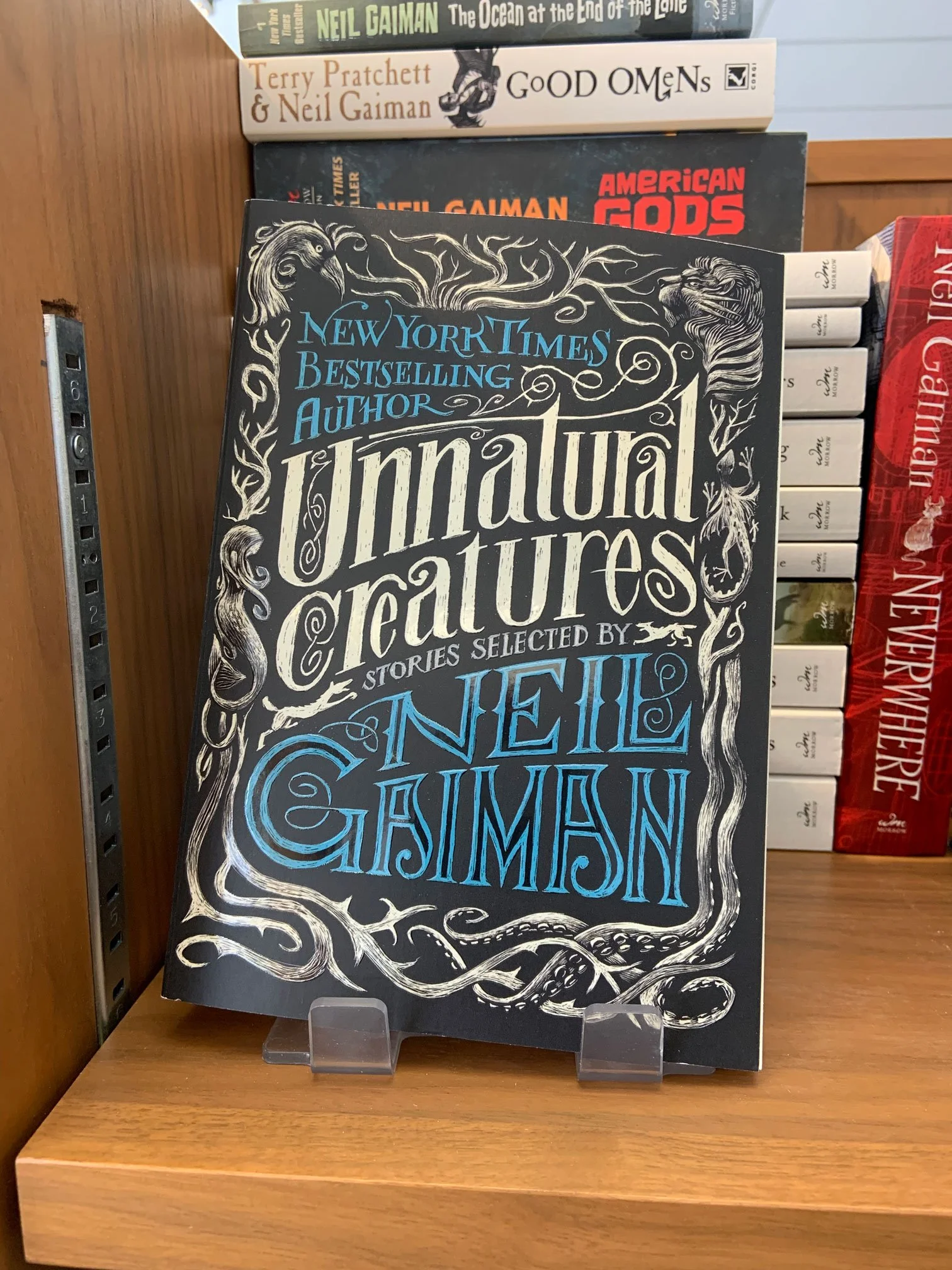SEVEN
Drawing Literally
Flying of the shelf
For illustrators literature is an exciting and challenging market to explore. Book publishing is a valued part of our culture and reading books an important part of many peoples lives. Visual artists are a part of that reading experience with cover illustration and other art they contribute.
More than ever illustrated covers are being commissioned for books and the great diversity of styles and approaches have made for a rich visual opportunity for artists and readers. New books need covers that inspire readers to take a chance on something new and old books are alway being republished and repackaged for new generations of readers.
Beyond the physical printed book, books have become a source of inspiration for many other contemporary mediums. Online, film, animation, and comics to name a few. With a rich history of book literature, many of which are in the public domain, visual artists have the opportunity to build the foundations of their work directly on the words and stories of classic books by adapting, republishing, and reimagining older works for contemporary mediums and audiences.
Getting noticed
There are a lot of good books out there (and some not so good too) so choosing a book off the shelf can be difficult. But what about online where many, maybe even most, books are purchased? If you take a look at your favourite independent bookstores shelves (we have several including Shelf Life, Pages, and Owls Nest Books) you may notice a clear trend in how book covers are composed. The imagery is often iconic or simplified, easy to recognize and clearly understood from a quick glance. Especially, when scrolling through an online bookstore.
To help us get straight to the point when designing and illustrating cover we can go to the basics of design fundamentals such as using contrast to create clear and focused images. More in the video below (3 minutes).
Composition and cONTRAST
For a designer or illustrator contrast is a method that can really help a book get noticed. Using VALUE and contrast of light areas with darker areas can establish a focal point. And likewise a value gradient can drive eye movement in a specific direction and of course it can add drama and be emotive. The DIRECTION elements are moving is another way to direct eye movement, and if an object is going in a contrasting direction it can establish a focal point. Contrast of direction can also add to the energy and dynamics of an image too. TEXTURE can be used as a way of establishing hierarchy, by giving elements of a picture contrasting textures we can organize, separate, and give focus to different areas of an image. ISOLATION is a strong method of setting the focus of an image and can even direct storytelling and establish tension and such. SIZE both in terms of lettering or type and in the illustrated or graphic elements of an image are useful for defining contrast and again even developing narrative. WEIGHT in terms of line weight for text or volume for images is helpful in defining the relationship of the elements of a picture and using contrast to give them different weighting. STRUCTURE such as san serif or serif in text or sharp forms vs softer shapes is a bit more subtle method of defining contrast, and using FORM such as regular or italic type or symmetrical vs asymmetrical graphic. Is another way of establishing contrast to develop hierarchy or pacing. As we can see contrast is a diverse and effective design element but it’s also important to remember why we are using it. In this case to help find that a book that will offer the experience we are looking for through reading.
What is your perspective
Books are written from a certain point of view. Both the characters perspectives, and how the author themselves reflect their times and philosophy. As artists illustrating books we can reframe that perspective to demonstrate how those points of view are still relevant. But we as artists have our own perspective and way we look at things too. It can come from our experiences, our beliefs, and the cultural or societal attitudes and values of our time. With the power of visual storytelling we have the opportunity to frame or even reframe the narrative.























